Disclosure: This article contains affiliate links. We may earn a commission from purchases at no extra cost to you, which helps our travel content.
The morning tide laps higher against the seawall with each passing year, a constant reminder that Kiribati is running out of time. As I stand on Tarawa Atoll's narrow strip of land—nowhere wider than a few hundred meters—I'm witnessing climate change not as a future threat but as a present reality. The I-Kiribati people have lived in harmony with these Pacific waters for over 3,000 years, but their ancestral home is now projected to become uninhabitable within decades. This isn't just another travel destination; it's a vanishing world with urgent stories that need telling.
Understanding Kiribati: A Nation at the Crossroads
Kiribati (pronounced 'kee-ree-bass') spans 33 atolls and reef islands across the central Pacific, with most land sitting less than two meters above sea level. The Republic's 120,000 citizens are facing the world's most existential climate crisis—not in some distant future, but now.
During my first days on South Tarawa, the main atoll and home to over half the country's population, I'm struck by the juxtaposition of daily life against impending displacement. Children play in schoolyards where sandbags hold back encroaching waves. Elders tell stories of lands already submerged in their lifetimes.
'We have always been sea people,' explains Teeta, a local fisherman who becomes my guide. 'But now the sea is becoming our enemy.'
Navigating Tarawa requires patience and cultural sensitivity. Public transportation consists mainly of privately-operated minibuses called te bus that run along the single main road. For exploring beyond populated areas, I arranged a motorbike rental through my guesthouse—though I'd recommend bringing your own waterproof dry bag as sudden rain showers are common and electronics are precious here.

💡 Pro Tips
- Learn basic I-Kiribati greetings like 'Mauri' (hello) and 'Ko rabwa' (thank you) to show respect
- Bring cash in Australian dollars as ATMs are scarce and often unreliable
- Pack reusable water bottles and filtration systems to minimize plastic waste on an island with limited disposal options
Living With Rising Waters: Daily Adaptation
The impacts of climate change in Kiribati aren't theoretical—they're woven into everyday existence. Groundwater wells that sustained families for generations now run brackish as saltwater infiltrates the fragile freshwater lens beneath these narrow islands. Gardens where taro and breadfruit once thrived now struggle against soil salination.
I spend several days with Koin, a grandmother raising eight children and grandchildren in a traditional kiakia (thatched house) near the lagoon side of Tarawa. Each morning includes a ritual of checking how far water has seeped into her yard overnight.
'When I was young, the sea was far,' she tells me, gesturing toward a coconut tree now standing in water. 'That tree was where we played as children, on dry land.'
In her outdoor kitchen, I learn to prepare traditional dishes like te bua toro (fermented pandanus) while we discuss how food security has become increasingly precarious. Many families now rely on imported rice and canned goods as marine resources decline and growing space diminishes.
For visitors interested in understanding local adaptation strategies, I recommend joining a community workshop through the Kiribati Climate Action Network. Bring a solar lantern to contribute to your host family, as power outages are common and sustainable lighting solutions are deeply appreciated.
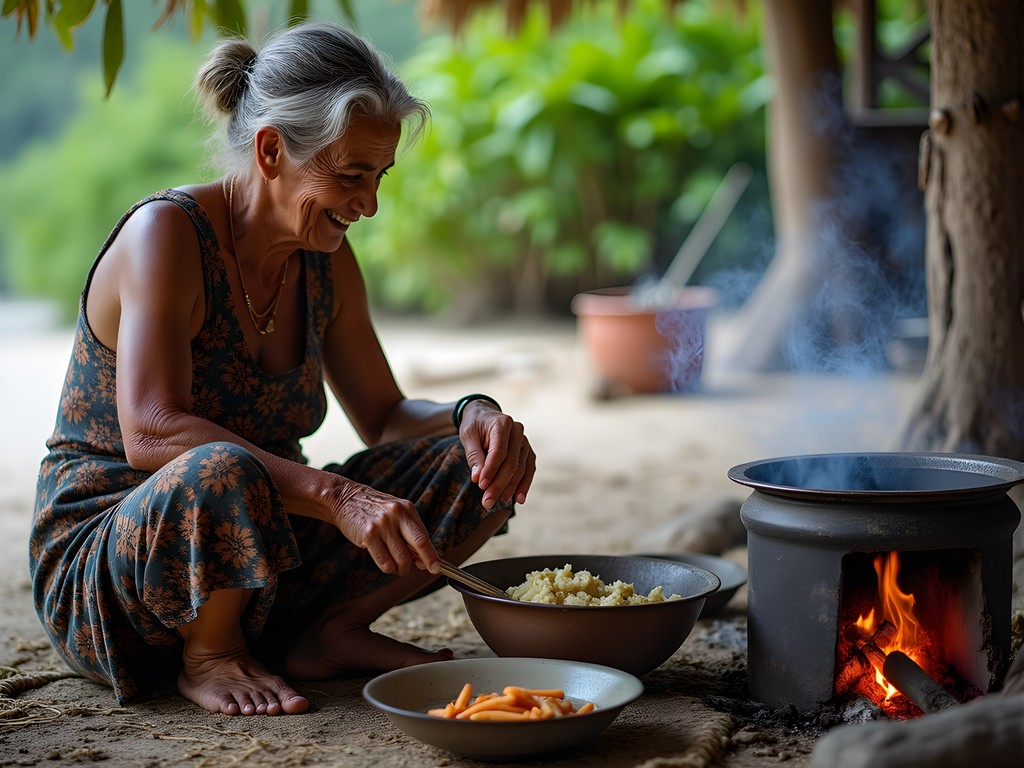
💡 Pro Tips
- Always ask permission before photographing people or entering private property
- Dress modestly with shoulders and knees covered, especially when visiting villages
- Participate in community work days ('botaki') if invited—it's the best way to understand local resilience
Cultural Preservation in the Face of Migration
The most profound conversations during my two weeks in Kiribati center around an impossible question: how do you preserve a culture when its homeland disappears? The government has already purchased land in Fiji as a potential future home, and the concept of 'migration with dignity' has become national policy.
'We are not refugees,' insists Teaiaki, a cultural preservation officer I meet at the Kiribati Cultural Museum. 'We are a proud people facing relocation because of actions we did not cause.'
The museum itself is a humble building housing treasures of immeasurable value—traditional navigation sticks used for centuries to map ocean currents and star positions, ceremonial te maneaba (meeting house) models, and oral history recordings.
I'm privileged to attend a practice session of a youth dance group learning traditional te buki movements—rhythmic dances that tell stories of fishing, warfare, and island life. The choreographer explains that these dances now serve a dual purpose: cultural expression and cultural preservation for a potentially landless future.
For those interested in supporting cultural preservation efforts, consider bringing a portable audio recorder to donate to local heritage projects. The Kiribati Cultural Centre welcomes technology that helps document elders' stories and traditional knowledge before they're lost.
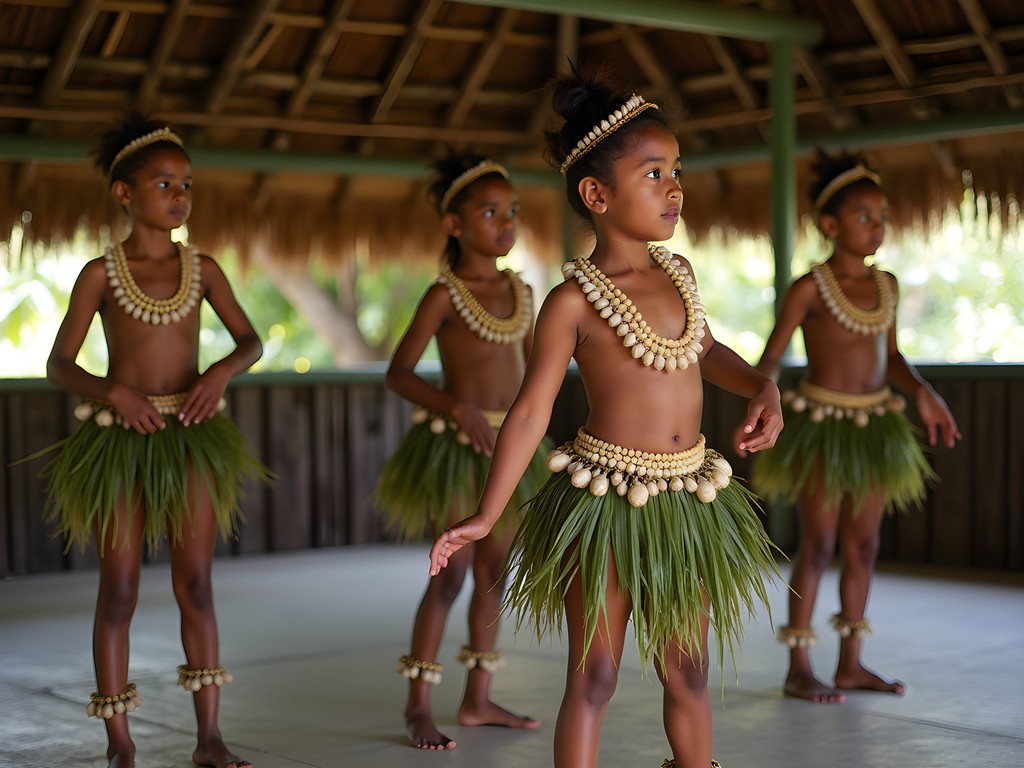
💡 Pro Tips
- Visit the Kiribati Cultural Museum early in your trip to gain context for everything else you'll experience
- Attend a maneaba gathering if invited—these traditional meeting houses are centers of community decision-making
- Purchase authentic handicrafts directly from artisans to support local cultural practitioners
Climate Archaeology: Documenting Disappearing Landscapes
My background in archaeology takes on new urgency in Kiribati, where rising seas are literally washing away history. Along Tarawa's shores, World War II relics from the brutal 1943 battle emerge and disappear with shifting sands and tides—a Japanese bunker here, American artillery fragments there.
But it's the more ancient heritage sites that break my heart. Near the village of Taborio, I join local knowledge keeper Bauro in documenting traditional fish traps—ingenious stone structures built along the reef that fill with fish during high tide and trap them as waters recede.
'My grandfather taught me how to maintain these,' Bauro explains, carefully repositioning stones disrupted by increasingly violent storm surges. 'But soon they will be too deep under water to use.'
We wade carefully through shallow waters, mapping GPS coordinates of cultural features that may not exist in a decade. I'm reminded powerfully of my mother's archaeological work, but with a devastating difference—these aren't ruins of a past civilization but the vanishing present of a living one.
For travelers interested in contributing to documentation efforts, bring a waterproof action camera to help record threatened sites. The Kiribati National Archives welcomes properly cataloged footage that might become the only record of these places for future generations.
For underwater documentation, I relied heavily on my underwater dive slate to take notes while examining submerged features—an essential tool for anyone serious about marine documentation.
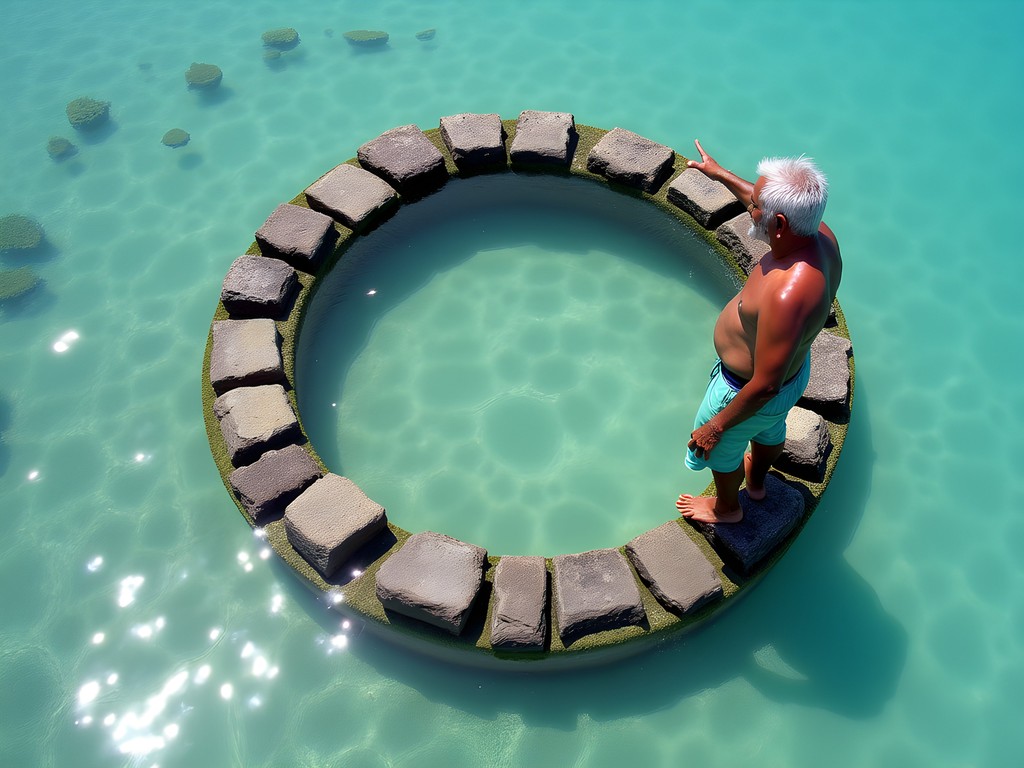
💡 Pro Tips
- Always have a local guide when visiting cultural or historical sites to ensure proper protocols are followed
- Keep detailed notes of any historical features you observe, as they may be valuable for preservation records
- Volunteer with local heritage mapping projects if staying longer than a week
Responsible Travel in a Vulnerable Paradise
Visiting Kiribati raises important ethical questions: Is tourism justified in a place facing existential threat? After extensive conversations with locals, I believe the answer is a qualified yes—if done thoughtfully and with purpose.
'We need witnesses,' explains Tebikau, who runs a small guesthouse in Bairiki. 'Visitors who see our situation and share our story with the world.'
Responsible travel here means treading lightly on fragile infrastructure. South Tarawa is one of the most densely populated places in the Pacific, with limited resources stretched thin. I stay in locally-owned accommodations like Tabon Te Keekee guesthouse, where my host family provides simple meals featuring sustainable local seafood.
Water conservation becomes second nature. I use my portable solar shower to minimize pressure on limited freshwater supplies, and carry a water purification system rather than buying bottled water.
Most importantly, responsible travel means amplifying local voices rather than speaking over them. I spend hours recording interviews (with permission) and promising to share unfiltered perspectives when I return home.
The question of whether to visit Kiribati isn't simple. But if you approach with humility, minimal resource demands, and genuine interest in advocacy, your presence can answer the plea I hear repeatedly: 'Tell them we are still here. Tell them we don't want to leave our home.'
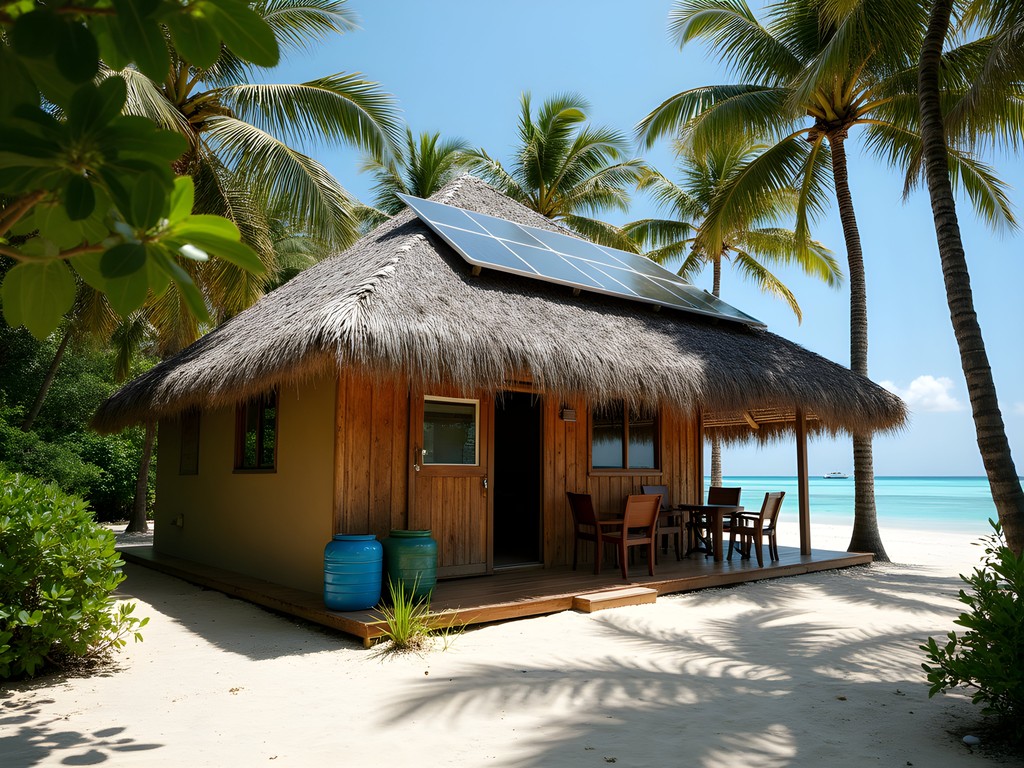
💡 Pro Tips
- Book accommodations directly with local guesthouses rather than international platforms
- Bring all toiletries and essentials as shopping options are extremely limited
- Consider carbon offsetting your flight to acknowledge the environmental impact of visiting
Final Thoughts
As my two weeks in Kiribati draw to a close, I stand at the water's edge one last time. A group of children races past, laughing as they launch homemade boats crafted from palm fronds into the lagoon. Their joy is a powerful reminder that Kiribati is not just a climate change case study—it's home to resilient communities living in the present while facing an uncertain future.
The I-Kiribati people don't need saviors; they need allies and witnesses. They need the world to recognize both their vulnerability and their agency in determining their future. As travelers privileged to visit this remarkable place while it still exists above water, we carry a responsibility to share these stories accurately and advocate for climate justice.
When you visit Kiribati, come as a student rather than a tourist. Learn the names and stories of people you meet. Document with permission and purpose. And when you return home, don't let Kiribati become just another stamp in your passport—let it become a call to action in your daily life.
As Teeta told me on my final evening, watching the sun sink into waters that threaten his homeland: 'The tide is rising, but we are not yet underwater. There is still time to act.'
✨ Key Takeaways
- Kiribati faces imminent existential threat from rising seas, with climate impacts already affecting daily life
- Cultural preservation has taken on urgent importance as communities prepare for potential future migration
- Responsible tourism can serve as beneficial witness-bearing if conducted with minimal resource impact
- Supporting local documentation efforts helps preserve knowledge that may soon be physically lost
- The I-Kiribati people demonstrate remarkable resilience while adapting to circumstances they didn't create
📋 Practical Information
Best Time to Visit
May-October (drier season with fewer storms)
Budget Estimate
$50-100 USD daily (accommodations are limited but affordable)
Recommended Duration
Minimum 10 days to understand the complex situation
Difficulty Level
Challenging

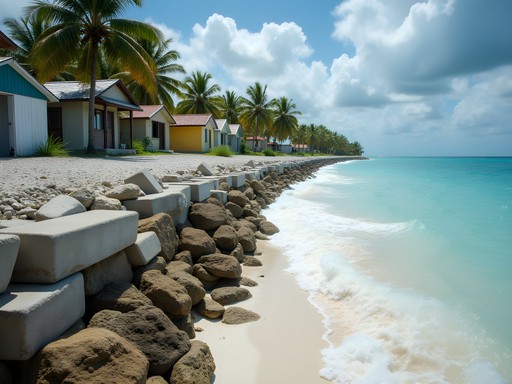
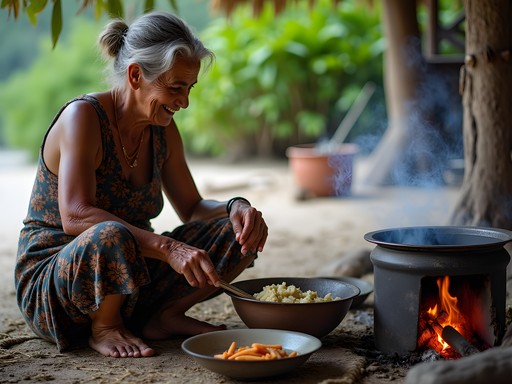
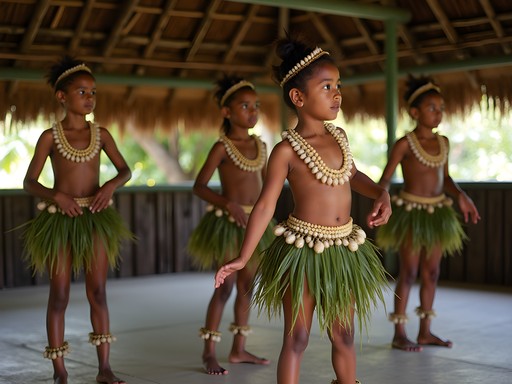
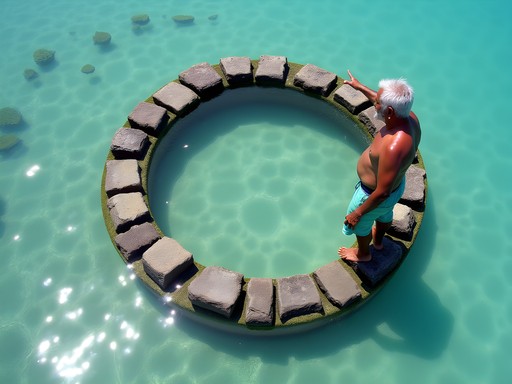









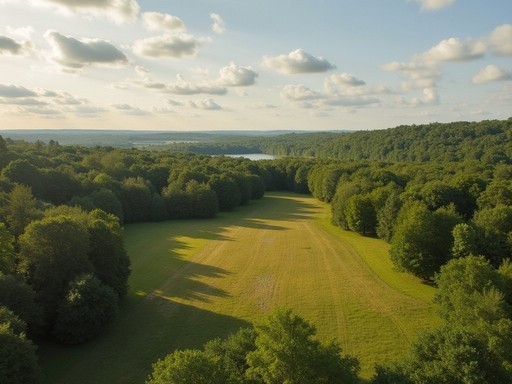
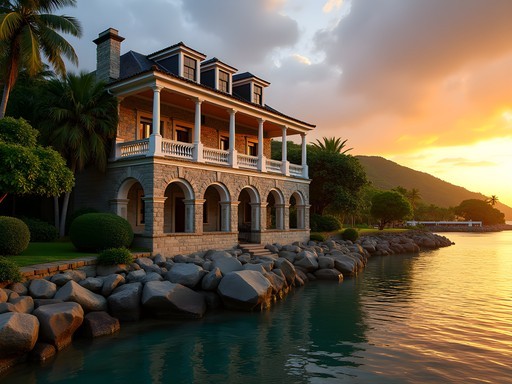
Comments
Amit Sullivan
Ella, this is some of the most important travel writing being done today. As someone who has documented climate impacts across the Pacific for nearly two decades, I appreciate how you've centered local voices rather than just the environmental statistics. I was in Kiribati last year working on a documentary about traditional navigation techniques that may be lost if communities are displaced. The master navigators I interviewed expressed such profound grief about their knowledge potentially dying with them. For anyone planning to visit, I'd strongly recommend connecting with local community organizations rather than just treating it as a 'see it before it's gone' destination. The I-Kiribati people deserve our respect and support, not just our witness. And be prepared - accommodation is basic, but the human connections are extraordinary.
Savannah Torres
Amit, is your documentary available anywhere? I'd love to share it with my kids who still talk about our visit to Kiribati.
Amit Sullivan
Savannah, it's still in post-production but should be released on Pacific streaming platforms by the end of the year. I'll share the link when it's available!
wavelife
I've been following climate impacts across the Pacific for years, and Kiribati's situation is particularly dire. I visited both Kiribati and Tuvalu in 2023, and the changes even since then are noticeable. Did you get to speak with any elders about how the landscape has changed in their lifetime? Their perspectives were the most impactful part of my visit.
EllaFoster
Yes! I spent an afternoon with a 78-year-old fisherman who showed me where his childhood home once stood - now completely underwater during high tide. The oral histories are incredibly valuable documentation of what's being lost.
sunnyone
Your photos are absolutely stunning! That sunset over the atoll is breathtaking. Thank you for sharing these stories and bringing awareness to what's happening there.
Savannah Torres
Ella, this post brought tears to my eyes. I visited Kiribati three years ago with my husband and children, and we still talk about the incredible warmth of the people we met. My 12-year-old daughter became fast friends with a local girl who showed her how to weave traditional palm frond crafts. They still exchange letters! What struck me most was the resilience in the face of such an existential threat. Did you get to participate in any of the community climate adaptation projects? We helped plant mangroves with a local environmental group, which my kids still talk about as a highlight of their travels.
explorebuddy
How difficult was it to get to Kiribati? I've always been curious about visiting these remote Pacific islands.
EllaFoster
It's definitely not easy! I flew from Fiji to Tarawa on Fiji Airways - they only operate flights twice a week. Accommodation is very limited, so I'd recommend booking well in advance. I used my waterproof camera constantly since you're always near water.
backpackmate
This is heartbreaking to read. Did the locals talk about where they might go if they have to leave their homes?
EllaFoster
Great question. Many mentioned Australia and New Zealand as potential destinations, but there's a lot of anxiety about losing their cultural identity. The government has purchased land in Fiji as a contingency, but most people I spoke with want to stay as long as possible.
backpackmate
Thanks for replying. It's such a difficult situation. Your article really puts a human face on climate change.
beachlegend273
Never thought about visiting Kiribati before but now I want to see it while it's still there. Sad reality.
travelvibes
Same feeling here. But also wondering if tourism just makes problems worse? More carbon to get there...
Ella Foster
It's a complex balance. The locals I spoke with generally welcome responsible visitors as they bring economic opportunities and spread awareness. If you go, stay longer rather than a quick visit, and be mindful of resource use. The guesthouse I mentioned uses rainwater collection and solar power.
Taylor Moreau
I visited Tarawa in 2023 for a climate conference, and the changes even since then are alarming. Your section on 'Climate Archaeology' particularly resonated with me. I met a team documenting traditional navigation techniques that may be lost if communities are dispersed. Did you encounter any local initiatives preserving cultural heritage digitally? I've been recommending visitors bring a waterproof camera to help with documentation efforts when visiting vulnerable places like this. Excellent reporting on a difficult subject, Ella.
Ella Foster
Yes! I spent time with a youth group using smartphones to record elders' stories and traditional knowledge. The University of the South Pacific also has a digital preservation project. The urgency of this work can't be overstated.
travelvibes
Powerful post. Those photos of the seawalls being overtaken really hit hard.
islandqueen
This is heartbreaking but so important to document. Did the locals talk about where they might go if they have to leave? Are there any international agreements to help them relocate?
Ella Foster
Great question. Many I spoke with mentioned New Zealand's Pacific Access Category visa, which allows some migration. But it's limited and many families feel torn about leaving their ancestral home. Some hope Australia will expand their programs. The government has also purchased land in Fiji as a potential future option, but there's no comprehensive international resettlement plan yet.
islandqueen
Thanks for explaining. It's crazy that we're already at this point with climate refugees. Your article really puts a human face on it.
Venture X
Premium card with 2X miles, $300 travel credit, Priority Pass